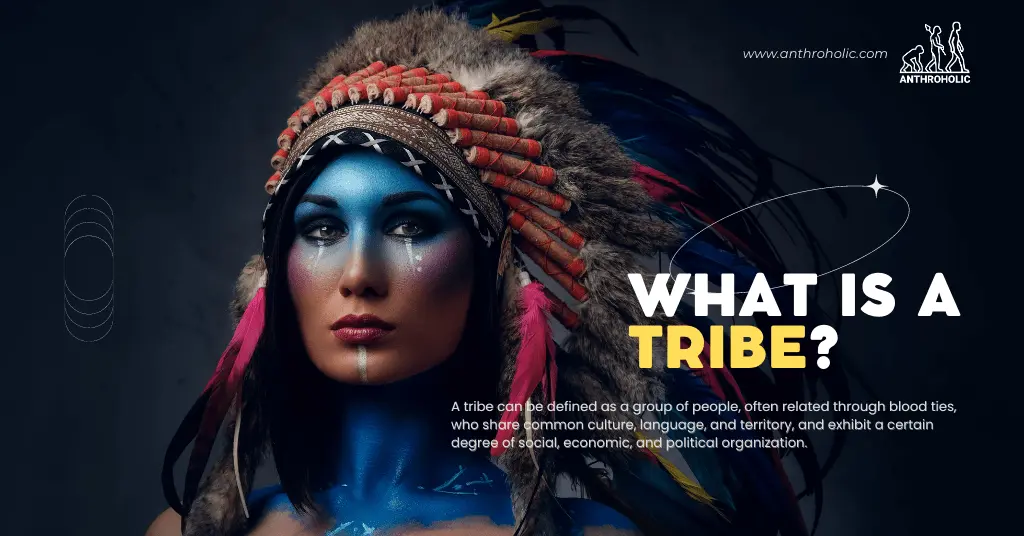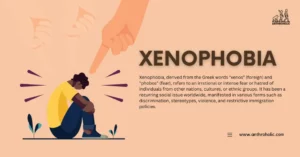AI Answer Evaluation Platform Live Now. Try Free Answer Evaluation Now
Tribe
Human history is replete with the rise and fall of societies, civilizations, cultures, and tribes. Understanding the concept of a “tribe” is integral to grasping the evolution of humanity from small social groups to complex modern societies. The term “tribe” is derived from the Latin word “tribus,” which originally denoted a division within the Roman state. However, in the context of anthropology and sociology, a tribe is a social group that existed before the development of, or outside of, states. Tribes form the bedrock upon which societies and cultures have evolved, yet they are often misunderstood or underappreciated. In this article, we aim to offer an insightful and comprehensive understanding of tribes, considering both historical perspectives and their contemporary relevance.

Definition of a Tribe
A tribe can be defined as a group of people, often related through blood ties, who share common culture, language, and territory, and exhibit a certain degree of social, economic, and political organization. Unlike modern societies, which typically operate under a formal and centralized government structure, tribes function through an informal and decentralized system of governance, usually under a leader or a council of leaders. In most tribes, decisions are made collectively, reflecting their inherent egalitarian nature.
Characteristics of a Tribe
Social Organization
Tribes tend to possess a well-defined social organization. They often comprise smaller groups, like families or clans, that together form a larger, cohesive group. The social hierarchy in a tribe, if present, is generally not as rigid as that in a caste or class-based society. Rather, it can be based on various factors such as age, gender, kinship, and individual roles within the community.
Kinship ties, particularly, are paramount in tribal societies, influencing aspects ranging from social interactions and marital relations to inheritance rights and conflict resolution. The kinship system, based on descent and affinity, provides a robust framework for social cohesion and mutual support among tribal members.
Cultural Norms
The cultural norms of a tribe are unique expressions of its shared beliefs, values, customs, and traditions. They are manifested through language, religion, rituals, art, music, folklore, and other cultural practices. For example, tribal ceremonies and festivals often celebrate natural phenomena, ancestors, gods, or significant life events, reinforcing the shared tribal identity and fostering a sense of unity and continuity.
Economic Structure
Tribes typically have a subsistence-based economy, relying on agriculture, hunting, gathering, fishing, or pastoral activities for survival. Some tribes also practice a barter system for trade within or between tribes. This economic structure is typically characterized by communal ownership and use of resources, reflecting the inherent communal ethos of tribal societies.
Evolution of Tribes Over Time
The tribal way of life has been subject to significant change over centuries. Historically, tribes were largely self-sufficient and geographically isolated. However, factors such as colonization, modernization, globalization, and nation-building have increasingly impinged upon their autonomy and traditional lifestyles.
Many tribes have demonstrated remarkable resilience in the face of such challenges, adapting to new circumstances while preserving their core cultural practices and traditions. Others, however, have seen their cultures erode under external pressures, leading to a loss of traditional knowledge, language, and cultural identity.
Case Studies of Tribes
The Maasai of East Africa
The Maasai tribe of East Africa, predominantly residing in Kenya and Tanzania, provides an exemplary case of a tribe that has managed to maintain its traditional lifestyle while interacting with modern society. The Maasai are primarily pastoralists, deeply connected to their cattle, both economically and culturally. Despite pressures from modern societies and governments, they have largely resisted agricultural lifestyles and continue to uphold their customs, rituals, and distinct dress.
The Huli of Papua New Guinea
The Huli tribe of Papua New Guinea is renowned for its elaborate ceremonial adornments, particularly the ornate wigs worn by men. While they maintain many traditional practices, they have also shown an adaptive spirit, incorporating aspects of modern society into their way of life. For instance, some Huli men now work in the city or at mining sites, bringing back income that supplements their traditional subsistence farming.
Impact of Modern Society on Tribes
The advent of modern society and the forces of globalization have had profound impacts on tribal societies worldwide. Land encroachment, cultural assimilation, socio-economic marginalization, and environmental degradation are among the challenges they face. Some tribes have succumbed to these pressures, losing their unique cultural identities and transitioning to mainstream lifestyles. Others have adopted hybrid models, blending traditional and modern ways, while some continue to resist change, tenaciously clinging to their ancestral ways of life.
Conclusion
In conclusion, understanding tribes extends beyond mere anthropological curiosity. It provides profound insights into humanity’s collective past and varied cultural expressions. As we move forward in the globalized world, it’s crucial to ensure that tribes’ unique cultural identities and traditional knowledge are recognized, preserved, and respected.



